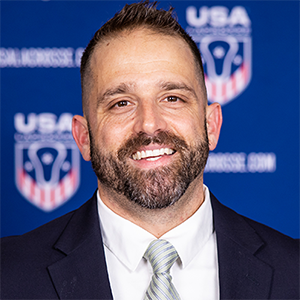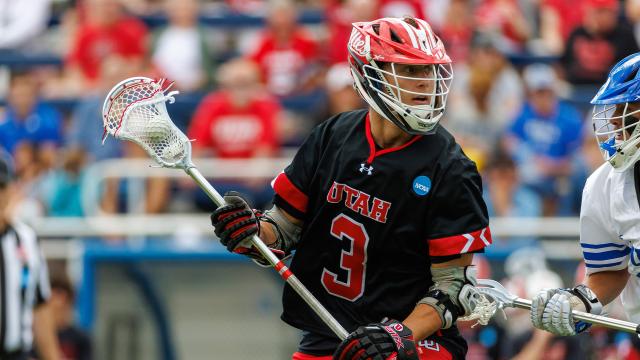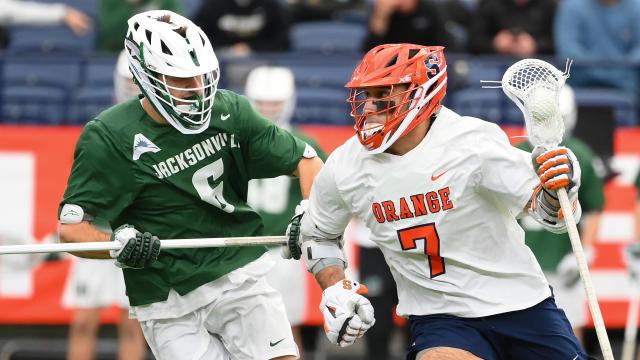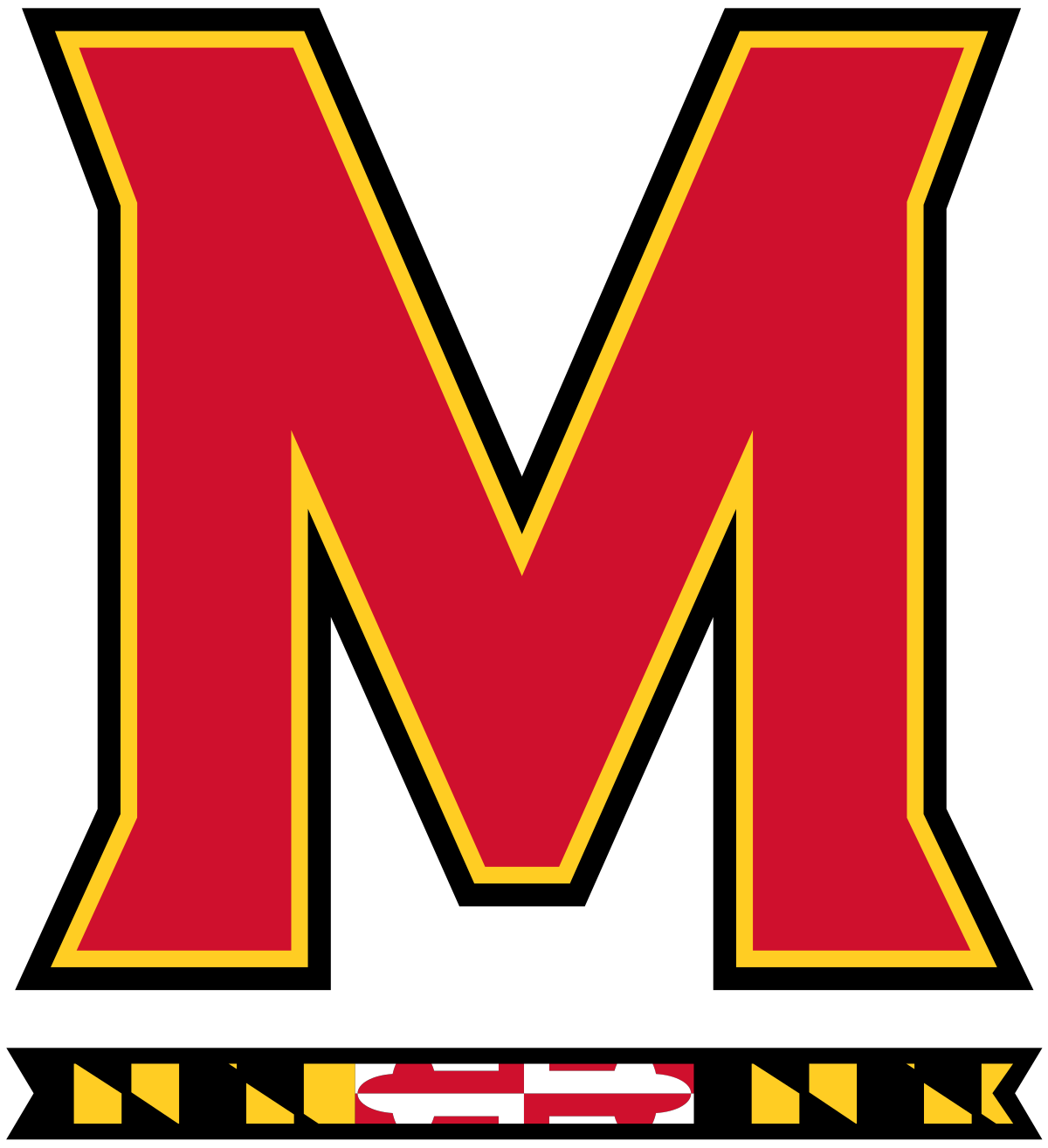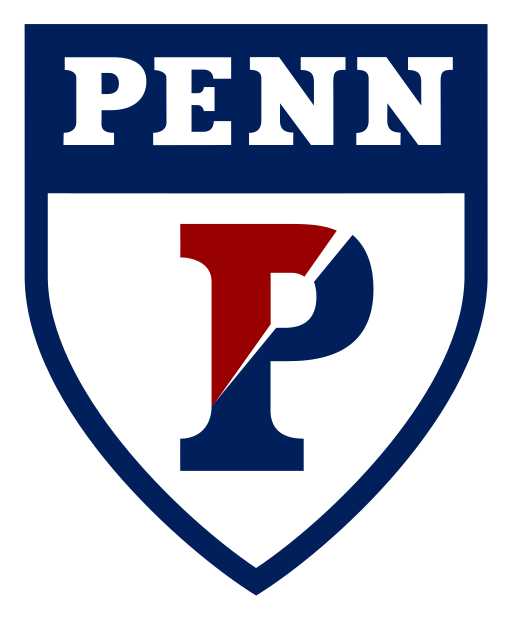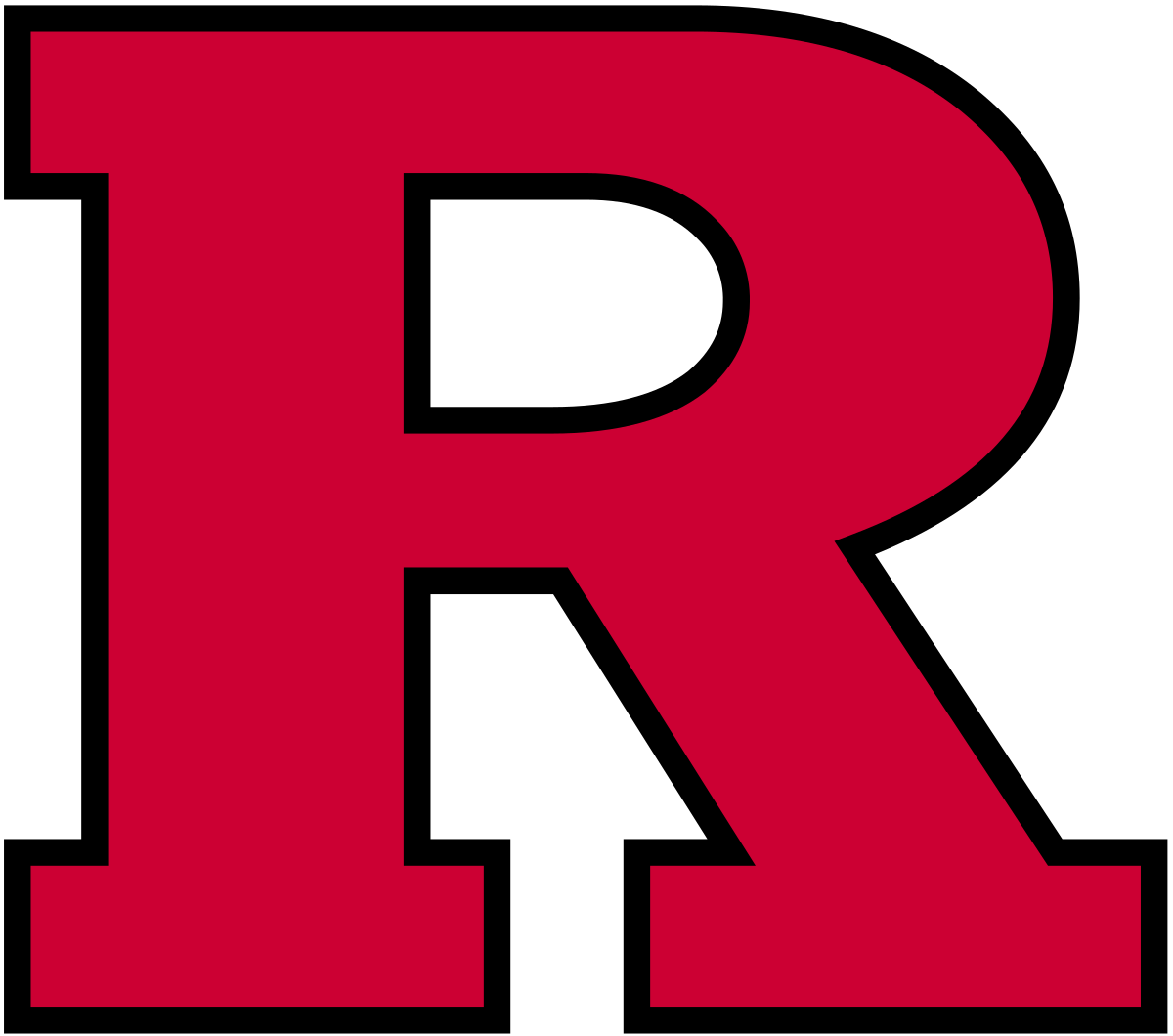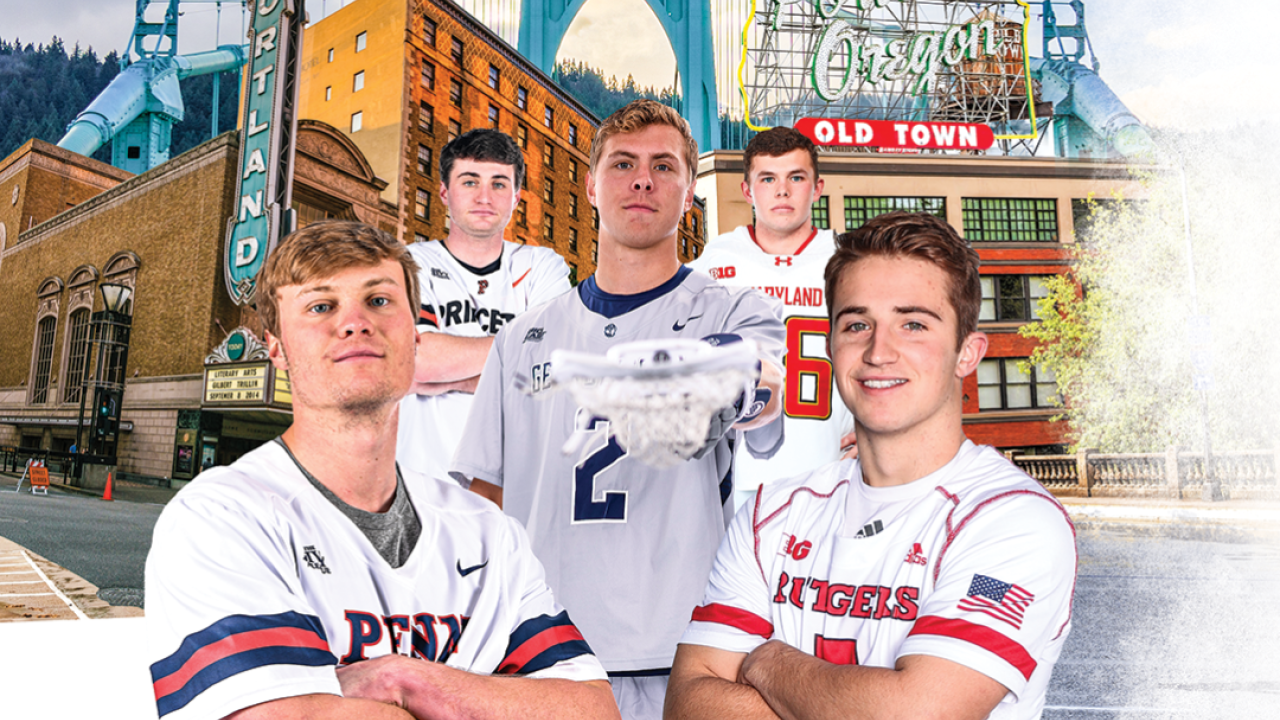

© 2026 USA Lacrosse. All Rights Reserved.

The Dome had that Saturday din. The most rabid fans in college lacrosse came out by the thousands — 7,314 to be exact — to see Syracuse honor legendary coach Roy Simmons Jr. and hoist Gary Gait and Katie Rowan’s jerseys into the rafters. A nationally televised game between Syracuse and No. 1-ranked Maryland followed. No one left their seats.
The way Maryland’s Ajax Zappitello and Syracuse’s Tucker Dordevic saw things, they had the best seat in the house. They grew up watching epic encounters like this on TV. Now they were field level, matched up against each other as people back home in Portland tuned into the ACC Network.
As Maryland whipped the ball around on the other end, Dordevic leaned into Zappitello and whispered, “How cool is this?”
“Two kids from Oregon playing on the biggest stage,” Zappitello said recently, remembering that moment as one that gave him pause during the Terps’ magical 2022 season that culminated in an undefeated national championship. “Our team had gone in the night before to check out the lights and everything. I was blown away by it.”
They call Portland the City of Roses. You’d be hard pressed to find any thorns in the current crop of college lacrosse players who hail from there. It includes five USA Lacrosse Magazine Preseason All-Americans. In addition to Zappitello and Dordevic — who is now at Georgetown — there’s Penn’s Sam Handley, Rutgers’ Ross Scott and Princeton’s Alex Slusher.
Central figures for teams ranked in the top 10 of the Nike/USA Lacrosse Preseason Division I Men’s Top 20, they were everywhere in 2022. Whether it was Dordevic going viral for his no-look, between-the-legs goal against Duke or Handley hauling his huge 6-foot-5 frame onto the stage in Washington D.C. as a Tewaaraton Award finalist or Scott and Slusher starring overseas for the Canadian and U.S. U21 national teams, respectively, everywhere you looked some prodigy from Portland was popping off. (That’s not to mention Northwestern’s Lauren Gilbert, arguably the fastest player in college women’s lacrosse last year and a first-team All-American in her own right.)
“It’s pretty interesting to see our strange little town at the top end of lacrosse,” said Dave Sanford, president of Oregon Youth Lacrosse.
Portlandia? More like Portlaxia.
Before they became college lacrosse sensations — before getting recruited via nationally renowned club programs like 3d Lacrosse, MadLax and West Coast Starz — Dordevic, Handley, Scott, Slusher and Zappitello all played for town programs in Portland suburbs.
OYL is a community-based youth boys’ league comprised of 25 clubs mostly tied to the major school districts in Portland. You’ll also find viable programs to the south in Bend, Eugene and Salem. Venture far enough east into Oregon’s high desert and you’ll arrive in Burns, where Nadzitsaga Lacrosse embraces the sport’s Indigenous origins on the outskirts of the Burns Paiute Reservation.
The Oregon Girls Lacrosse Association has a similar footprint and also oversees high school girls’ lacrosse in the state, while the Oregon High School Lacrosse Association entails 42 varsity and 50 junior varsity high school boys’ lacrosse teams.
It’s fertile ground for the sport. USA Lacrosse has identified the Portland metro area as a market that’s ripe for investment in 2023. The sport’s governing body announced this week it has selected Portland as a pilot location for the Ignite the Future event series.
Ignite the Future Portland will feature player, coach and officials’ clinics, along with a Sixes Tournament for 12U, 14U and high school-aged boys’ and girls’ teams. Pro players Adam Ghitelman and Jules Heningburg, former Syracuse speedster Sam Swart and decorated former college coaches Liz Robertshaw and Rick Sowell — all of whom have U.S. national team ties — comprise an all-star lineup of clinicians.
While participation in Portland has stagnated since the onset of the pandemic, local lacrosse leaders remain bullish about the sport’s growth potential especially in underrepresented communities like Hillsboro and East Portland.
“USA Lacrosse has traditionally spread its influence across the entire country to fuel the growth of the sport in all corners. But to fuel real, significant growth, it’s got to be more than just sprinkling seeds. We need to go deeper,” said Brian Silcott, vice president of sport growth and development at USA Lacrosse. “We’ve started to look at key communities that have strong potential for growth — with a strong infrastructure already in place, a community that’s engaged and an opportunity for us to dive deeper. We believe these communities will bring a return on investment, and that return is participation.”
Lacrosse in Portland dates to the 1960s. Participation was sporadic, however, until the mid-1990s, when forerunners like Bill Rexford, Mark Flood, Kris Van Hatcher, and Curt Sheinin established high school teams at Glencoe, West Linn, Oregon Episcopal and Lakeridge. Then came the boom.
By 2006, Portland had a pro team — the National Lacrosse League’s Portland LumberJax — with star players like Brodie Merrill and Ryan Powell who made the sport more visible. Powell moved to Portland and started Rhino Lacrosse, offering year-round training and offseason competition to more serious players (even if some showed up in jeans on the first day). A fully endorsed Nike athlete, Powell came to Portland at time when the Beaverton-based sports apparel and footwear titan started taking a greater interest in the fastest sport on two feet.
Dordevic was hooked. He met Powell as a ball boy at the Rose Garden and struck up a friendship with Handley, whose father, J.B., was putting together a town team in Lake Oswego. It was a five-minute bike ride to the Handley house, where the boys wore out the baseball rebounder in the backyard repurposed for a sport they found eminently more exciting.
In the next town over, Chop Gallagher’s family installed artificial turf in the backyard. Zappitello and Gallagher, a CAA All-Rookie attackman at Towson last spring, still play there. They came up together in the Sunset Lacrosse Club and were classmates at Sunset High School.
“Attached at the hip,” Sanford said.
Search “Tualatin Valley Youth Lacrosse” on YouTube and you’ll stumble across a 2015 promo video in which a 13-year-old Zappitello in Sunset purple gushes, “I like that it’s a physical sport — and that you could hit people.”
In 2012, Peter Baum put Portland lacrosse on the map for good, winning the Tewaaraton Award as a junior attackman at Colgate. He was the top scorer in country and became the first men’s player not from the East Coast to win the award, later winning a Major League Lacrosse championship with the Ohio Machine.
“I coached against Peter in high school,” said Paul Schlesinger, president of the Oregon High School Lacrosse Association. “Watching him pick up the game and go on to do what he’s done, it says volumes of what can happen and what does happen in places like Portland.”
Dordevic was in seventh grade when Baum won the Tewaaraton. His father left the New York Times article on the coffee table for him to read. It further fueled Dordevic’s desire to play at the highest level despite tepid recruiting interest in the smallish attackman who did not command the same attention as his mammoth friend who today appears on the cover of this magazine.
When Penn announced its schedule in December, revealing that the Quakers would open the 2023 season Feb. 18 at Georgetown, J.B. Handley texted his son and Dordevic a picture of them sitting on a bench eating pizza at a postseason lacrosse party, their jack-o-lantern smiles giving away their youth.
The message beneath the photo said simply, “It’s all coming full circle.”
A version of this article appears in the January edition of USA Lacrosse Magazine. Join USA Lacrosse today to start your subscription and fuel the sport’s growth.
Matt DaSilva is the editor in chief of USA Lacrosse Magazine. He played LSM at Sachem (N.Y.) and for the club team at Delaware. Somewhere on the dark web resides a GIF of him getting beat for the game-winning goal in the 2002 NCLL final.
